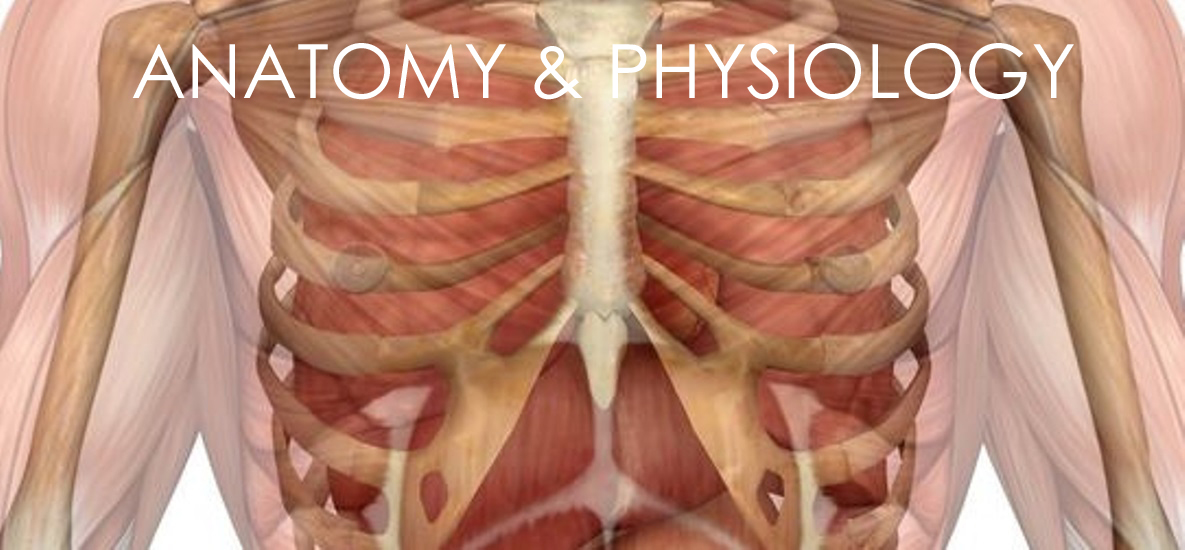Cardiovascular System
Bio 240 Supplemental Review With Dr. Xavier
Cardiovascular System

The cardiovascular system consists of four components:
- Blood, 2. Heart, 3, Blood Vessels, 4. Conduction System
Components of Blood
The body contains approximately 5 litres of blood and this is a mixture made up of red blood cells, white blood cells and platelets all suspended in a liquid called plasma.
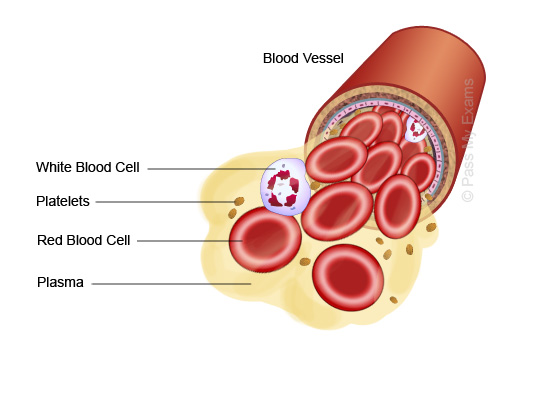
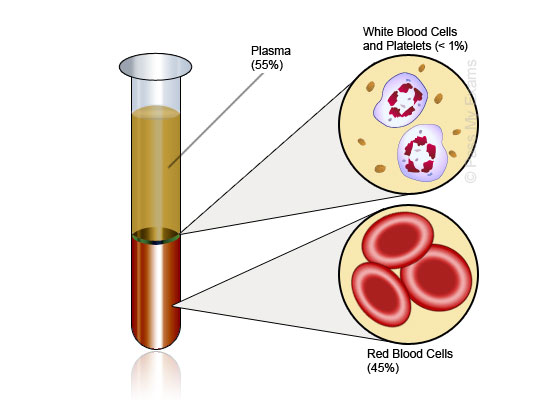
Red Blood Cells (Erythrocytes)
|
|
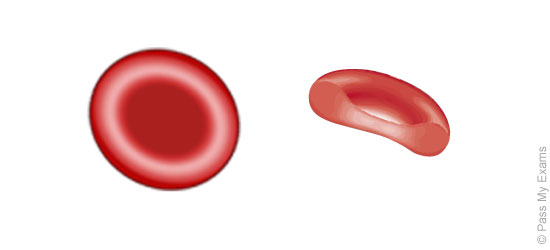 |
|
| Function |
|
| Properties |
Haemoglobin + Oxygen => Oxyhaemoglobin
|
White Blood Cells (Leukocytes)
|
|
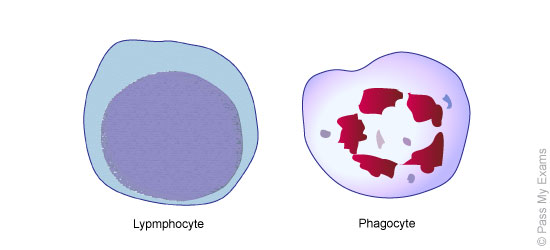 |
|
| Function |
|
| Properties |
|
Platelets (Thrombocytes)
|
|
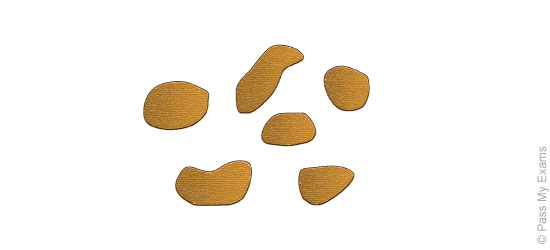 |
|
| Function |
|
| Properties |
|
Plasma
|
|
| Function |
|
| Properties |
|
PART I
- The cardiovascular system consists of ___________ and ____________________ which work to distribute blood throughout the entire body. What conditions are being maintained by the cardiovascular system? Think in terms of homeostasis.
- Blood vessel called _____________ carry blood away from the heart and ___________ carry blood toward the heart. Which carries oxygenated blood?
- Describe the similarities and differences in structure of arteries and veins. How does their structure make them fit for their purpose?
- What is an aneurysm and why are they dangerous?
- Vasoconstriction and vasodilation refer to what? These conditions are caused by action of ____________________________.
- Capillaries are designed for maximum _________________________. Describe their structure and how each of the following substances are transported from blood to tissues: water, oxygen, sugars, proteins, leucocytes.
- What force causes fluid to move out of capillaries? What force causes fluid to move back into capillaries?
- What happens to any excess fluid left in the tissues?
- Describe the 3 mechanisms that propel blood in the veins. Why are sedentary people prone to problems associated with inadequate return of blood?
- Describe the paths of pulmonary circulation and systemic circulation. What would happen if more blood was pumped into one system than the other? How does the structure of veins help counteract this potential problem?
- The heart is located between the right and left ________, and is surrounded by the __________________________. This serous membrane is filled with ______________ that provides ________________________________.
- Name the 3 layers of the heart and describe the purpose of each layer
- Name the major structures in the heart (chambers, valves, incoming and outgoing vessels) and trace the flow of blood through the heart.
- Describe these features of the conduction system of the heart and the sequence in which they transmit impulses: sinoatrial node (SA), Purkinje fibers, atrioventricular node, and AV bundle.
- Now describe one cardiac cycle, in relation to the signal conduction you described in question 14. Specify which chamber contracts and where the blood moves when it does contract. Use these terms: atrial systole, ventricular systole, diastole.
- The heart gets its own oxygen and nutrients from blood in the _________________ artery. If this vessel is blocked, the result is ____________________________________.
- What is an ECG and what information does it reveal?
- Blood pressure is measured as two numbers, which represent _____________ and ______________________ pressure in the _________. Blood pressure increases/decreases (circle one) as the vessels get further away from the heart.
- Describe how blood pressure is measured using a sphygmomanometer. What sound is listened for with the stethoscope? What are the units of this measurement?
- Why is hypertension called the “silent killer”? What problems can it lead to, if untreated?
- Define cardiac output. What two factors are altered to increase or decrease the cardiac output? How long doe sit take one blood cell to travel through the entire circulatory system once?
- Blood pressure is regulated by means of the cardiac output and by controlling ________________________________________. Blood pressure is detected by ______________________________ located ______________________________.
- The region of the brain called ________________________ receives signals from these baroreceptors and other inputs (___________________ and ________________ nerves). It sends signal to the heart via ___________________ and __________________ nerves to speed up or slow down.
- What effect does epinephrine have on cardiac output and blood pressure? P178)
- Explain how tissues can increase their own local blood supply, even if the systemic signal is to limit blood supply.
- What immediate effect does exercise have on cardiac output? On blood pressure? What is a long=term effect of exercise on cardiac output?
- What is angina and what does it indicate?
- What is a stroke and what can cause it?
- List strategies that you can do to prevent cardiovascular disease.
- ___________________________ is another name used for shock.
- Tachycardia is: ___________________________
- Bradycardia is: ___________________________
- CPR stands for: __________________________
- Cardiac Arrest is: _________________________
- Respiratory Arrest: ________________________
- Perfusion is: _____________________________
- Capillary Refill is: _________________________
- Pallor is: ________________________________
- Clinical Death is: __________________________
- Biological Death is: ________________________
- Trendelensburg Position is: _____________________________
- List 5 diseases or conditions associated with the Cardiovascular System: a. ________________ b. _____________ c. _________________. d. ________________ e. _______________
- List the layers of the heart: ____________________
- List the layers of an Artery: ____________________
- List any 5 medications associated with treating diseases or conditions of the Cardiovascular System. a. ________________ b. _____________ c. _________________. d. ________________ e. _______________
- List Any 5 Signs associated with diseases or conditions of the Cardiovascular System. a. ________________ b. _____________ c. _________________. d. ________________ e. _______________
- List Any 5 Symptoms associated with diseases or conditions of the Cardiovascular System. a. ________________ b. _____________ c. _________________. d. ________________ e. _______________
- List 5 risk factors which may lead to Cardiovascular Disease: a. ________________ b. _____________ c. _________________. d. ________________ e. _______________
- List the four major components
- List the four pacemaker sites of the heart and their intrinsic rates: a. ________________, __________ b. _____________, _______________ c. _________________, __________. d. ________________, ________e. _______________, ________
DISEASES AND DISORDERS OF THE CARDIOVASCULAR SYSTEM
Match the disorders listed below to the correct descriptions.
A. Rheumatic Fever,
B. Thrombosis,
C. Arteriosclerosis,
D. Varicose Veins,
E. Septicemia
F. Simple Anaemia,
G. Heart Failure,
H. Haemophilia,
I. Atherosclerosis,
J. Hypertension,
K. Leukaemia,
L.Angina Pectoris,
M. High Cholesterol,
N. Phlebitis
1 “Chest Pain” caused by reduced oxygen supply to the heart.
2 Toxins in the blood
3 Deficiency in the clotting of blood
4 Clot of blood within the heart or blood vessels
5 High blood pressure
6 Malignant disease of the white blood cells which continuously increase
7 Heart not capable of supplying the oxygen demands of the body
8 Excessive amount of fatlike material present in the blood
9 Hardening of the arteries
10 Inflammation of the wall of a vein, which is most commonly seen in the legs as a complication of varicose veins
11 Fatty substances deposited on walls of arteries
12 Inflammation of the heart that damages valves due to bacteria
13 Stretched veins causing impaired valves
14 Deficiency in Iron
The Heart

Now….On your own. Try labeling the parts:)
.bmp)
Quick Questions
1. State which chamber of the heart:
a) Receives blood from the lungs
b) Receives blood from the systemic circulation
c) Pumps blood to the lungs
d) Pumps blood to the systemic circulation
2. Choose the correct blood vessels for each statement: –
a) Carry blood to the heart
b) Allow transfer of nutrients and waste products between blood and tissues
c) Carry blood away from the heart Choose from:-
i) Arteries
ii) Veins
iii) Capillaries
3. Where does the heart muscle get its own blood supply from?
4. Where is the tricuspid valve found?
5. Blood returns from the lungs to the heart via the:-
a) Pulmonary artery
b) Pulmonary vein
c) Aorta
d) Inferior vena cava
6. Which of the following are not arteries:-
a) Femoral
b) Popliteal
c) Superior vena cava
d) Coronary
e) Jugular
f) Mitral
7. Give three major factors influencing blood pressure.
8. Blood pressure can be expressed as two numbers e.g. 120/80
a) What does 120 represent?
b) What does 80 represent?
9. Describe what happens during Systole
10. Describe what happens during Diastole
